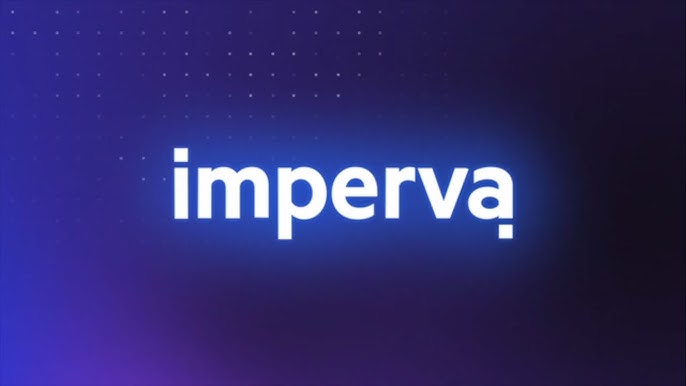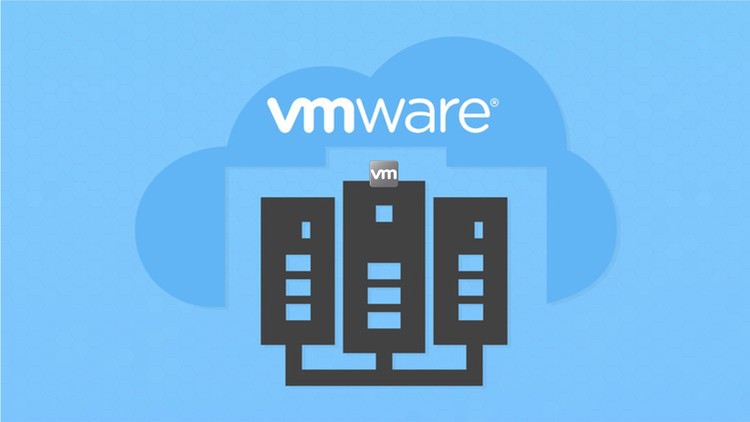Description
Introduction of Advanced MPLS
Multiprotocol Label Switching (MPLS) is a critical technology for modern enterprise and service provider networks, offering high-performance data forwarding, scalability, and traffic engineering capabilities. This advanced course explores MPLS Quality of Service (QoS), security mechanisms, and resilience strategies to ensure optimal network performance and reliability.
Prerequisites
- Fundamental knowledge of MPLS and label switching.
- Familiarity with routing protocols such as BGP, OSPF, and IS-IS.
- Understanding of network security principles and QoS concepts.
- Hands-on experience with network configuration and troubleshooting.
Table of Contents
1. Advanced MPLS QoS Mechanisms
1.1 MPLS QoS Fundamentals: Traffic Classification and Marking
1.2 MPLS Differentiated Services (DiffServ) Model
1.3 Traffic Policing and Shaping in MPLS Networks
2. Implementing QoS in MPLS VPNs
2.1 QoS Models for Layer 3 and Layer 2 MPLS VPNs
2.2 Mapping IP QoS to MPLS Traffic Engineering (TE)
2.3 Hierarchical QoS (HQoS) for Service Providers
3. Advanced MPLS Traffic Engineering and Bandwidth Management
3.1 Traffic Engineering (TE) Concepts in MPLS
3.2 RSVP-TE and Constraint-Based Routing
3.3 Fast Reroute (FRR) for MPLS Resilience
4. Advanced MPLS Security Threats and Mitigation Strategies
4.1 Common Security Risks in MPLS Networks
4.2 Implementing Control Plane Security in MPLS(Ref: MPLS VPNs: Implementation and Configuration)
4.3 Data Plane Security and Encryption Options
5. Advanced MPLS VPN Security Best Practices
5.1 Secure MPLS VPN Architecture and Design
5.2 Route Filtering and BGP Security in MPLS VPNs
5.3 Protecting MPLS Label Distribution and Forwarding
6. Enhancing Network Resilience in MPLS
6.1 High Availability Strategies in MPLS Networks
6.2 MPLS Link Protection Mechanisms (LFA, TI-LFA)
6.3 End-to-End Redundancy for MPLS Services
7. MPLS and Segment Routing for Enhanced Performance
7.1 Introduction to Segment Routing (SR-MPLS)
7.2 Comparing MPLS TE and Segment Routing
7.3 Deploying Segment Routing for Scalable MPLS Networks
8. Monitoring, Troubleshooting, and Optimization
8.1 MPLS Performance Monitoring with Telemetry and SNMP
8.2 Common MPLS QoS and Security Issues and Solutions
8.3 Best Practices for Optimizing MPLS Deployments
Advanced MPLS techniques for QoS, security, and network resilience ensure that enterprises and service providers can deliver high-performance, secure, and scalable networking solutions. Mastering these areas allows professionals to optimize network efficiency, mitigate security risks, and enhance service reliability in MPLS environments.







Reviews
There are no reviews yet.